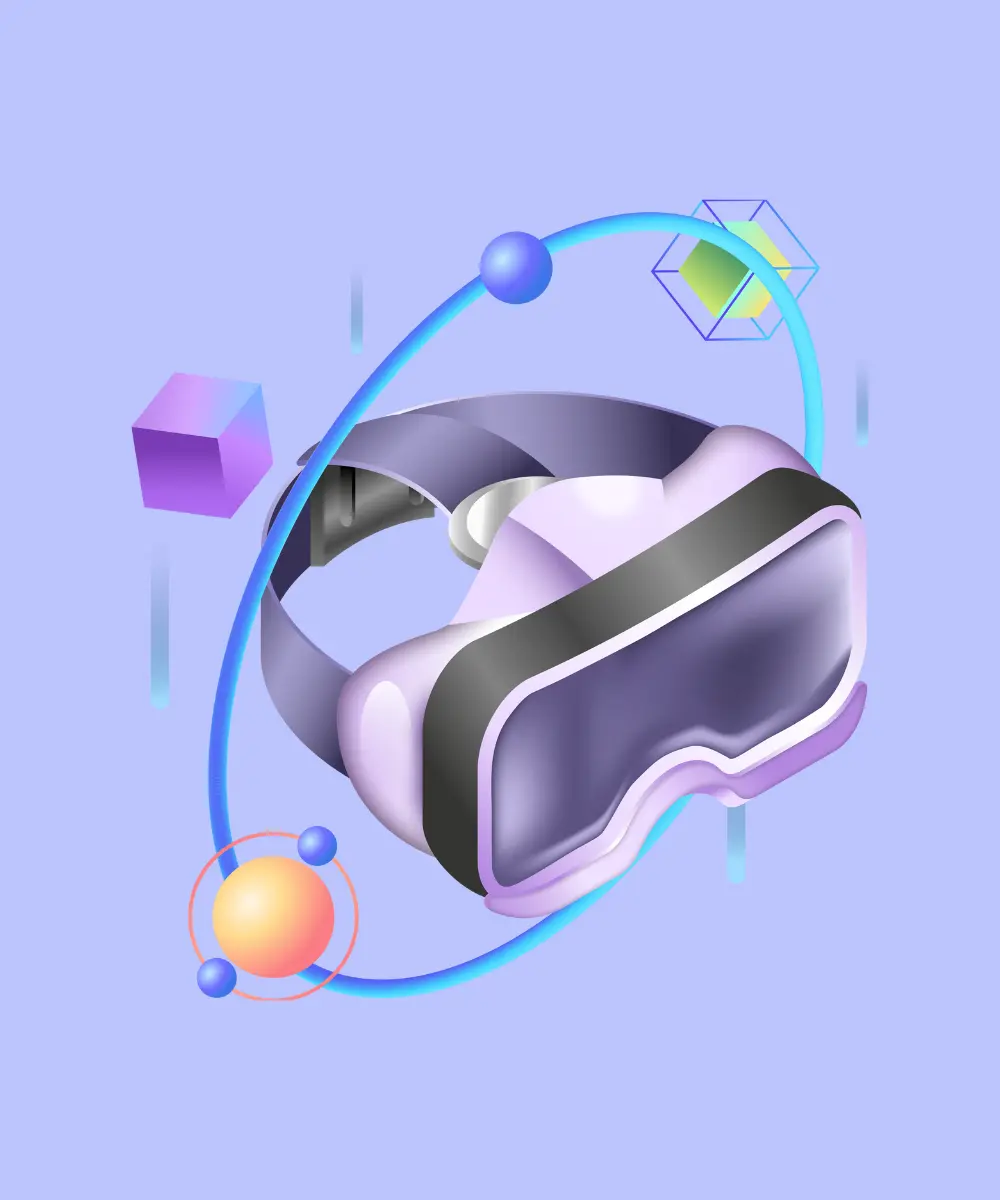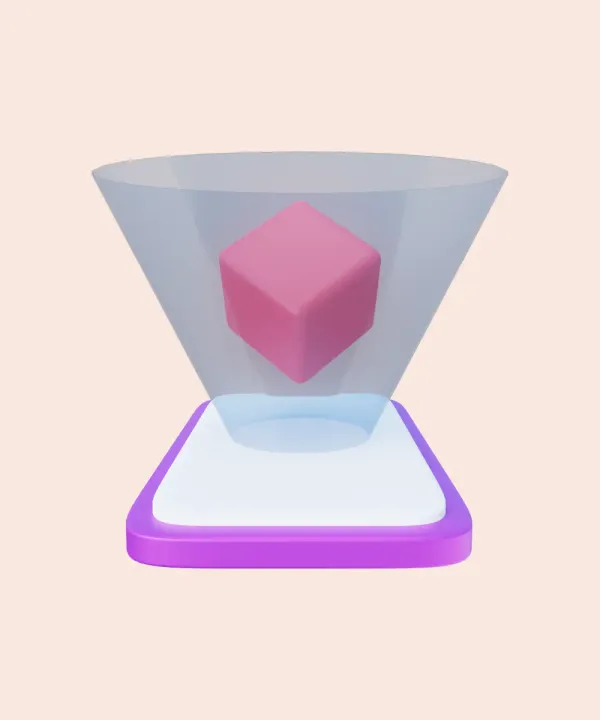Introduction
As we navigate through 2024, the realm of Virtual Reality (VR) has expanded beyond the confines of niche markets and early adopters, establishing itself as a cornerstone of digital innovation. The allure of VR technology lies in its ability to create immersive, interactive experiences that transport users into entirely new worlds or to recreate real-world scenarios with stunning accuracy. This transformative potential has caught the attention of industries far and wide, from gaming and entertainment to education, healthcare, and even real estate, making VR app development an essential skill in the tech landscape.
Whether you're a seasoned developer, an aspiring tech entrepreneur, or a business looking to leverage the latest in digital innovation, this guide will provide you with the knowledge and tools to embark on your VR app development journey. Join us as we explore the limitless possibilities of VR technology, and discover how "What the Flutter" can help turn your visionary ideas into virtual reality.
VR Apps Market Overview
The Virtual Reality (VR) apps market is undergoing a period of significant expansion and transformation, reflecting broader trends in technology adoption and digital interaction. As we venture deeper into 2024, the convergence of increased computational power, more accessible VR hardware, and a surge in consumer interest has propelled the VR market into a new era of growth and innovation.
VR technology market size is forecast to reach $92.31 billion in 2027.
The number of VR users worldwide is expected to exceed 70 million by 2024, a testament to the technology's growing accessibility and appeal across different demographics and interests. On the enterprise front, over 30% of businesses are projected to incorporate VR technology into their operations by 2024, leveraging its potential for training, simulation, and product development purposes.
As we explore the VR apps market in 2024, the introduction of cutting-edge devices like Apple Vision Pro by Apple is reshaping consumer expectations and expanding the possibilities for immersive experiences. This device not only highlights the rapid advancements in VR technology but also signals a growing interest from major tech companies in VR and mixed reality applications.
Key trends shaping the VR apps market
- Enhanced accessibility and affordability: The reduction in cost and increased accessibility of VR headsets have democratized VR technology, making it more accessible to a broader audience. This shift has sparked a surge in consumer interest and adoption, paving the way for a wider range of applications and experiences.
- Increasing investment in VR: Investments in VR development by large corporations marks a significant milestone in the evolution of virtual reality technology. Recently, Apple made a bold entry into the VR arena with the announcement and release of the Apple Vision Pro, a move that underscores the growing interest and confidence in VR's potential. This follows earlier investments by tech giants such as Facebook (now Meta), which has heavily invested in the Oculus VR platform, and Microsoft, with its mixed reality HoloLens. These developments not only highlight the technological advancements in VR but also reflect a growing ecosystem supported by substantial corporate investments.
- Advancements in technology: Significant advancements in VR technology, including higher resolution displays, improved tracking accuracy, and more immersive interaction capabilities, have enhanced the quality and realism of VR experiences. These technological strides have expanded the potential applications of VR beyond gaming and entertainment to include education, healthcare, real estate, and more.
- Cross-industry applications: The versatility of VR technology has led to its adoption across various sectors. For instance, in education, VR provides immersive learning experiences that can enhance understanding and retention. In healthcare, it offers innovative solutions for therapy, surgery simulation, and patient education. Businesses and retailers are leveraging VR for virtual tours, training, and product demonstrations, creating new opportunities for engagement and service delivery.
How To Create a VR App
Creating a VR app in 2024 requires a blend of creative vision, technical expertise, and an understanding of the latest technologies and tools that are shaping the virtual reality landscape. Here's a detailed guide on how to create a VR app, ensuring the use of only the most current technologies and best practices in the industry.
Ideation and conceptualization
- Understanding user needs: Begin by identifying a gap or an opportunity within the VR market. This could involve enhancing existing solutions or introducing a novel experience. Consider the latest VR trends, such as social VR, interactive storytelling, or immersive educational experiences, to create something truly innovative.
- Market research: Utilize advanced analytics and AI-powered tools to gather and analyze market data. Tools like Google Market Finder and App Annie offer insights into market trends, competitor strategies, and consumer preferences.
Choosing the right platform and tools
- Platform selection: Decide whether your app will be developed for standalone VR headsets (like Meta Quest), smartphone-powered headsets (such as Samsung Gear VR), or PC-connected headsets (as example HTC Vive). When selecting the right platform for VR app development, the Apple Vision Pro emerges as a promising new contender. The choice will significantly impact your development process and target audience.
- Development tools: For creating VR content, Unity and Unreal Engine remain the top choices, offering extensive support for VR development, including built-in VR libraries and assets. With the introduction of Apple Vision Pro, developers now have access to visionOS, Apple's dedicated operating system for mixed reality. VisionOS is designed to leverage the full capabilities of Apple Vision Pro, offering a robust framework for creating seamless VR and AR experiences. Also you can consider the following VR software development kits: Blender, OpenVR, Amazon Sumerian, Google VR, SteamVR which are also at the top of the list. In the realm of VR app development, selecting the appropriate platform and tools is crucial for creating engaging and immersive experiences.
- Flutter for cross-platform development: Flutter, while traditionally associated with mobile app development, has expanded its capabilities to include web and desktop applications. For VR apps, Flutter can be used to create companion apps or cross-platform experiences that integrate with VR content, providing a seamless user experience across devices.
Designing for VR
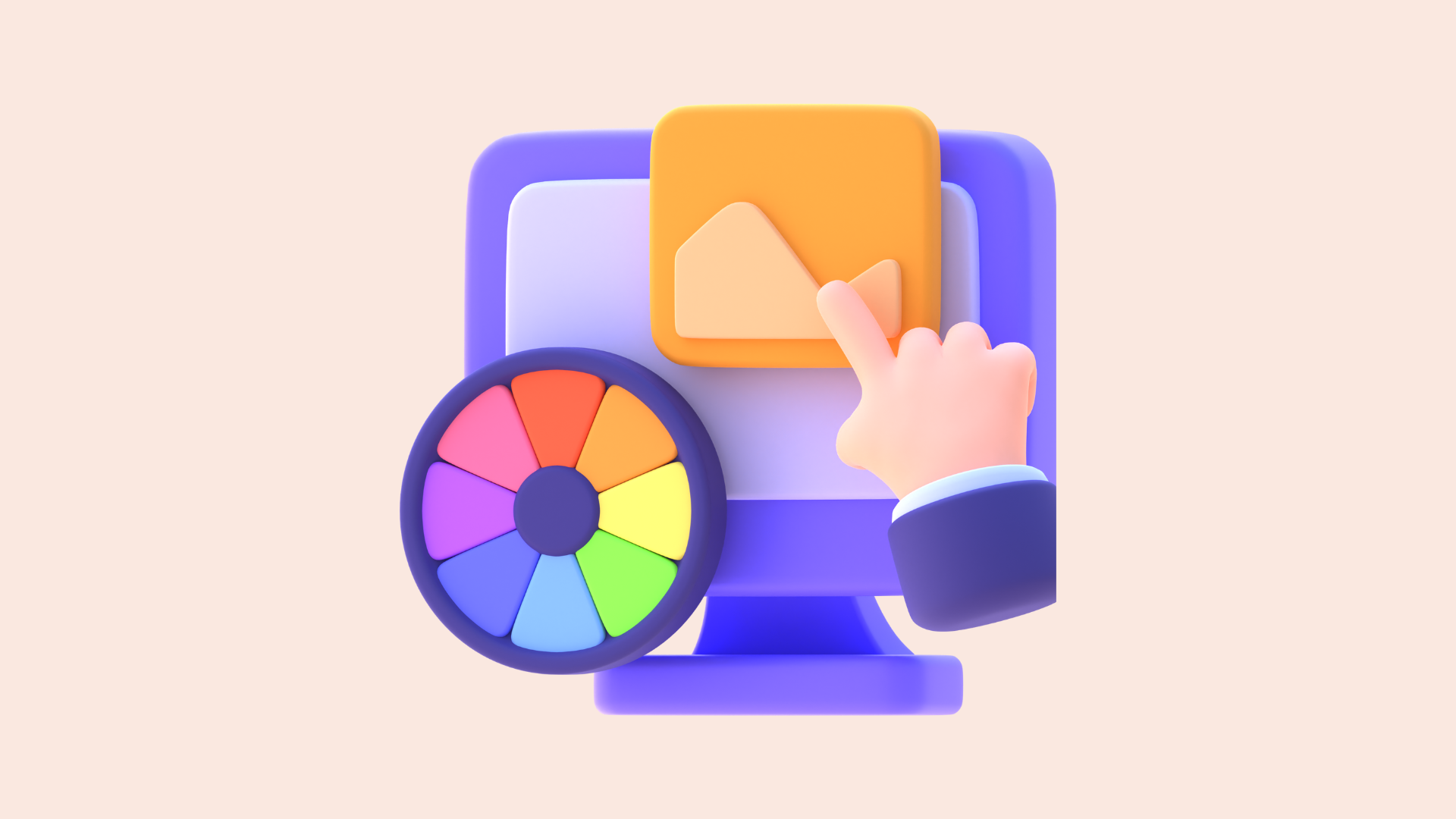
- User experience (UX) design: Designing for VR requires a deep understanding of spatial interaction and user ergonomics. Tools like Adobe XD and Sketch have introduced VR design capabilities, allowing designers to prototype VR experiences in a 3D space. Considerations include ensuring comfort, preventing motion sickness, and creating intuitive navigation and interaction methods.
- User interface (UI) design: The UI in VR apps should be immersive and non-intrusive. Utilize 3D UI design tools that cater specifically to VR environments, ensuring elements are easily accessible and legible within the virtual space.
Development and testing
- Development: Leverage the latest APIs and SDKs provided by Unity or Unreal Engine for VR development. These platforms offer comprehensive documentation and support for the newest VR hardware features, such as hand tracking, room-scale tracking, and advanced graphics rendering.
- Testing: Testing in VR requires both technical and user experience evaluations. Use automated testing tools that support VR environments to identify bugs and performance issues. Additionally, conduct user testing sessions to gather feedback on the app's usability, comfort, and overall experience. Tools like TestFlight (for iOS) and Google Play Console's internal testing features can facilitate beta testing phases.
Launch and market your app
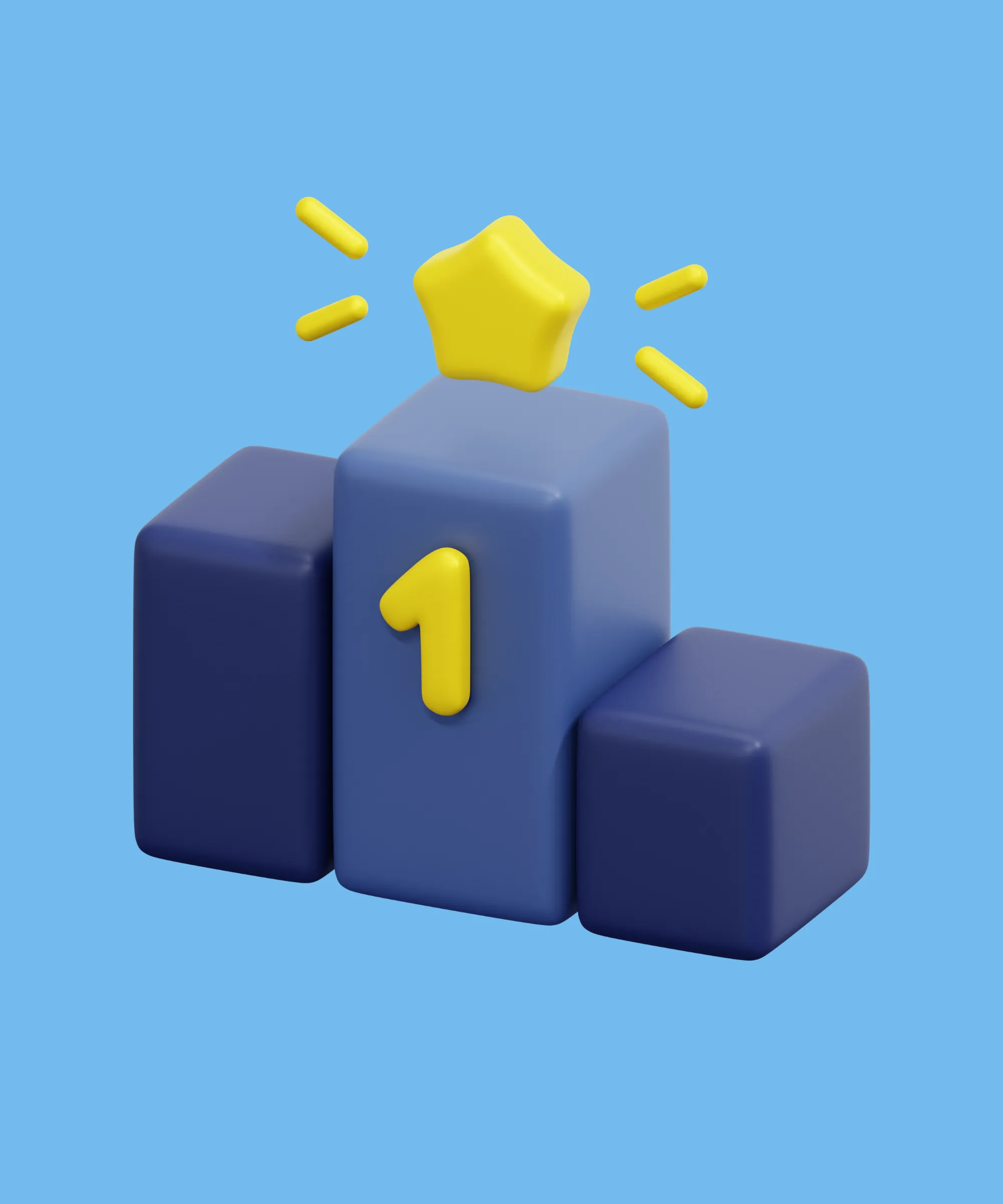
- App store optimization (ASO): For VR apps, ASO is crucial to stand out in crowded marketplaces. Use keyword optimization, compelling visuals, and engaging app descriptions to improve visibility on platforms like App Store, Meta Store, SteamVR, and mobile app stores.
- Marketing strategy: Leverage social media platforms, VR forums, and influencer partnerships to generate buzz around your app. Creating immersive trailers and demos can significantly boost user interest. Utilize analytics tools to measure the effectiveness of your marketing strategies and adjust accordingly.
How Much Does It Cost to Develop a VR App in 2024

The cost of developing a Virtual Reality (VR) app in 2024 varies widely, primarily based on the complexity of the app. Understanding the nuances of different app complexities—basic, intermediate, and advanced—can provide a clearer picture of the potential investment required. Let's explore the features and cost implications of each level of complexity.
Basic VR apps
Features:
- Simple interactivity: Basic VR apps often include straightforward interactions, such as looking around a virtual environment or selecting items with a laser pointer.
- Limited content: These apps typically have a limited scope, with a few scenes or levels and minimal custom assets.
- Standard graphics: The visual fidelity is good but not overly detailed or complex, utilizing standard VR environment packages and assets.
- Basic UI: UI elements are minimal and straightforward, focusing on ease of use and clear navigation.
Development time: 2 to 4 months.
Development costs: Developing a basic VR app can range from $30,000 to $50,000. This cost accounts for design, development, and testing, assuming the project is completed within a few months using readily available tools and assets.
Medium VR apps
Features:
- Enhanced interactivity: These apps incorporate more complex interactions, such as object manipulation, basic physics, and possibly multiplayer features.
- Richer content: Intermediate apps feature more detailed environments, multiple levels or scenes, and custom assets tailored to the app’s theme.
- Improved graphics: The visual quality is elevated with more detailed textures, lighting effects, and possibly basic animations, offering a more immersive experience.
- Dynamic UI and UX: The user interface is more sophisticated, with interactive menus and possibly voice or gesture controls for a more intuitive user experience.
Development time: 4 to 8 months.
Development costs: The cost for intermediate VR apps typically ranges from $50,000 to $100,000. This increase reflects the added complexity in design, asset creation, and coding required to achieve a more engaging and visually appealing product.
Advanced VR apps
Features:
- Complex interactivity and physics: Advanced VR apps feature high levels of interactivity, including realistic physics, complex AI behaviors, and full body tracking.
- Extensive content: These apps offer a wide range of environments, detailed storylines, and numerous levels or experiences, often requiring significant custom asset creation.
- High-end graphics and animation: Advanced apps push the limits of VR capabilities with high-resolution textures, advanced lighting and shading techniques, and smooth animations, creating highly realistic environments.
- Sophisticated UX/UI design: The user experience is deeply immersive, incorporating advanced UI elements like spatial interfaces, haptic feedback, and adaptive audio design.
Development time: 8+ months.
Development costs: The development of advanced VR apps can cost anywhere from $100,000 to $200,000 or more, depending on the scope and scale of the project. These apps require extensive development time, a team of skilled professionals, and possibly research and development for innovative features.
Additional considerations
- Platform: Costs can vary based on the target platform (standalone VR headsets, PC-tethered, or mobile VR), as each platform has its own development challenges and requirements.
- Content creation: The extent and complexity of content creation, including 3D models, environments, and interactive elements, significantly influence the overall cost.
- Custom features: Integrating custom features such as advanced physics, AI, or multiplayer capabilities requires specialized knowledge and additional development time, increasing costs.
- Ongoing support and updates: Post-launch support, updates, and content additions can significantly add to the overall cost but are crucial for maintaining user engagement and app relevance.
- Marketing and distribution: Successfully launching a VR app also involves marketing and distribution expenses, which can vary widely but are essential for reaching your target audience.
Top 10 Most Popular VR Apps
Virtual Reality (VR) technology has seen an explosion of creative and innovative apps that have captured the imagination of users worldwide. Selecting the most popular VR apps involves considering a variety of factors such as user base, critical acclaim, innovation, and the depth of the experience they offer. Here's a list of the top 10 VR apps:
Beat Saber
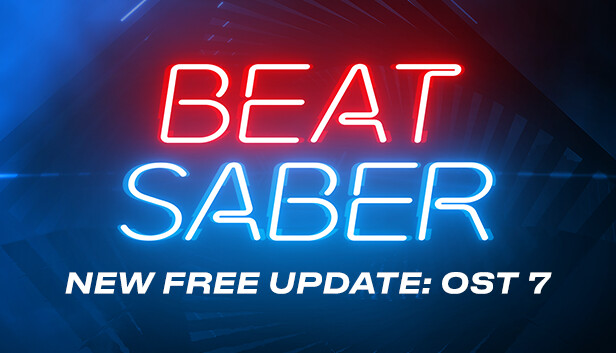
Beat Saber is a rhythm game that has taken the VR world by storm. Players use lightsabers to slash through blocks representing musical beats. It combines music, rhythm, and motion in a highly immersive experience that's both fun and physically engaging.
Features:
- Wide range of music tracks spanning various genres.
- Customizable lightsabers and environments.
- Multiplayer mode for competitive play.
Superhot VR

Superhot VR brings a unique twist to the first-person shooter genre. Time in the game moves only when the player moves, creating a blend of strategy and action that demands precision and tactical thinking.
Features:
- Innovative time-control mechanics.
- Intense, action-packed levels that require strategy and reflexes.
- Stylish, minimalist graphics that focus on gameplay.
Half-Life: Alyx
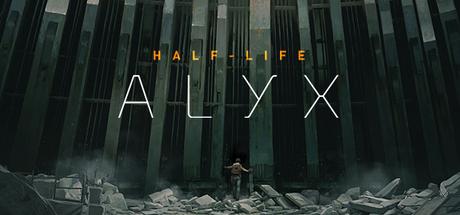
Half-Life: Alyx is a critically acclaimed first-person shooter that has set a new standard for VR gaming. Set in the Half-Life universe, it offers an immersive narrative experience, combining exploration, puzzle-solving, and combat.
Features:
- Detailed environments that showcase the capabilities of VR.
- Intuitive physics-based gameplay that enhances realism and immersion.
- A compelling story that enriches the Half-Life series.
The Elder Scrolls V: Skyrim VR

The Elder Scrolls V: Skyrim VR brings the epic fantasy adventure into virtual reality, offering an immersive experience in the vast open world of Skyrim. Players can explore the land, fight dragons, and delve into dungeons in a way that feels more real than ever before.
Features:
- Full VR integration of the original game's expansive world.
- Realistic combat and magic use through VR controllers.
- The ability to fully immerse in the role-playing experience with 360-degree visuals.
VRChat

VRChat offers a virtual space where users can create, share, and explore VR worlds with others. It’s not just a game but a platform for social interaction, creativity, and expression, featuring user-generated content ranging from simple chat rooms to elaborate worlds and avatars.
Features:
- A vast library of user-created worlds to explore.
- Full avatar customization for unique personal expression.
- Support for user-generated content, allowing for endless creativity and exploration.
Google Earth VR

Google Earth VR transforms global exploration, allowing users to visit anywhere in the world in 3D. From soaring over cities to walking the streets of far-off locales, it offers an unparalleled way to experience the world from home.
Features:
- Access to the entire globe, including remote locations and famous landmarks.
- Various modes of exploration, including Street View and guided tours.
- Realistic representations of terrain and buildings.
Moss

Moss is a visually stunning action-adventure puzzle game that has redefined storytelling in VR. Players guide a young mouse, Quill, through a fantastically animated world, solving puzzles and battling enemies in a quest that feels both epic and personal.
Features:
- Engaging puzzles that utilize VR’s spatial capabilities.
- A beautiful, animated environment that feels alive.
- An emotional narrative that builds a unique connection between the player and Quill.
Tilt Brush by Google

Tilt Brush lets users paint in 3D space with virtual reality, offering a palette of dynamic brushes, colors, and effects. It’s a tool that has revolutionized artistic expression, allowing for creations that would be impossible in the physical world.
Features:
- A wide range of brushes and tools that simulate real painting techniques.
- The ability to walk around and interact with your creations in real-time.
- Export options that let artists share their work in various formats.
Rec Room

Rec Room is a social VR app where users can meet new people and engage in a wide range of activities together, from playing games to attending events. It's a virtual social hub that fosters community and fun.
Features:
- A vast array of games and activities, including paintball, dodgeball, and adventure quests.
- Tools to create custom rooms and games.
- A friendly and welcoming community with users from around the world.
FitXR

FitXR is a fitness app that brings the energy and fun of group fitness classes into your home. Designed to make workout enjoyable and effective, it combines music, rhythm, and game-like challenges into high-intensity routines.
Features:
- Various workout types, including boxing, dance, and HIIT classes.
- A multiplayer mode that allows you to join classes with friends or other users worldwide.
- Daily challenges and progress tracking to keep users motivated.
Conclusion
Throughout this article, we've navigated the intricate world of VR app development, dissecting its market dynamics, the development process, cost considerations, and shining a spotlight on some of the most captivating VR applications across various sectors. As the VR market continues to expand, investing in VR app development emerges as a strategic move, positioning investors at the forefront of a digital revolution akin to the early days of the internet or mobile app explosion. This makes VR not just a technology trend, but a lucrative investment opportunity with the potential to reshape industries and consumer interactions.
As the VR landscape continues to evolve, staying at the forefront of technological advancements and user experience trends is crucial for developers and businesses alike. This is where our expertise at What the Flutter becomes invaluable. Specializing in cutting-edge development, we are perfectly positioned to help you navigate the challenges and seize the opportunities within VR industry. Whether you're looking to create a groundbreaking educational tool, a revolutionary healthcare application, or the next big hit in the gaming world, we have the skills and vision to bring your ideas to life. Your next groundbreaking VR project starts here, contact us today to make it a reality.


